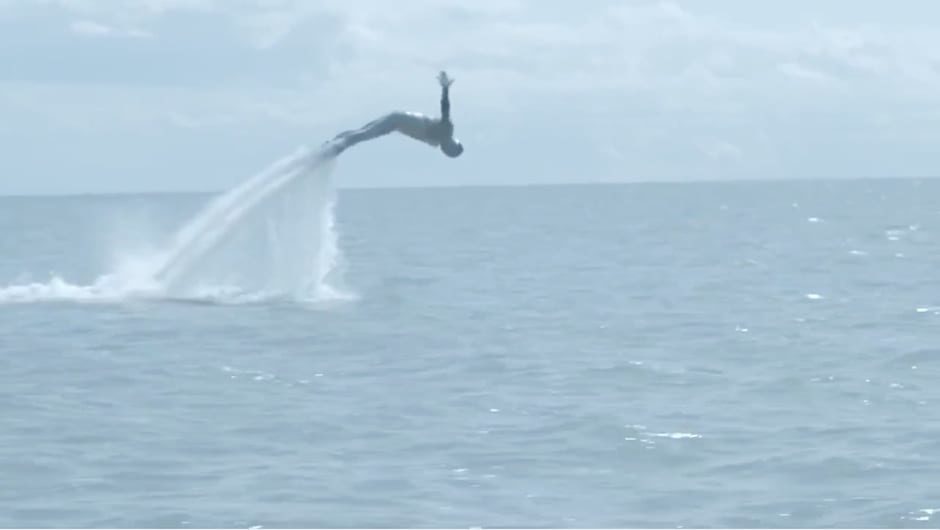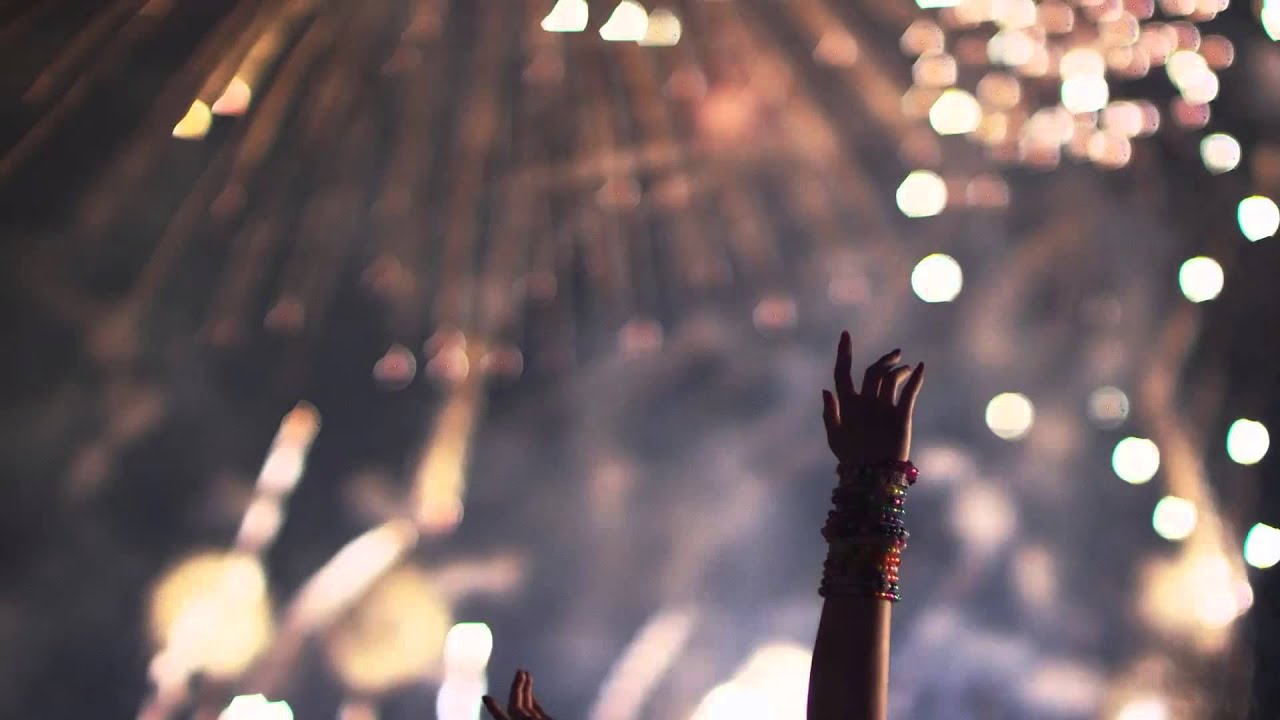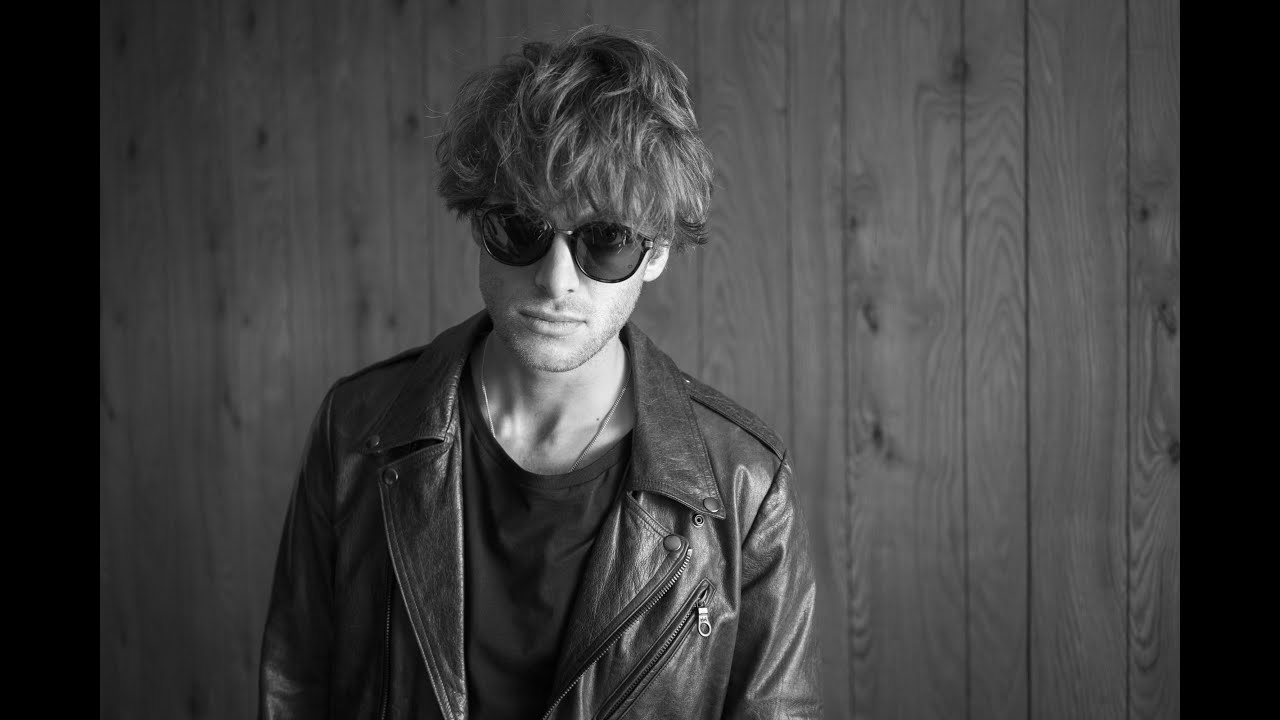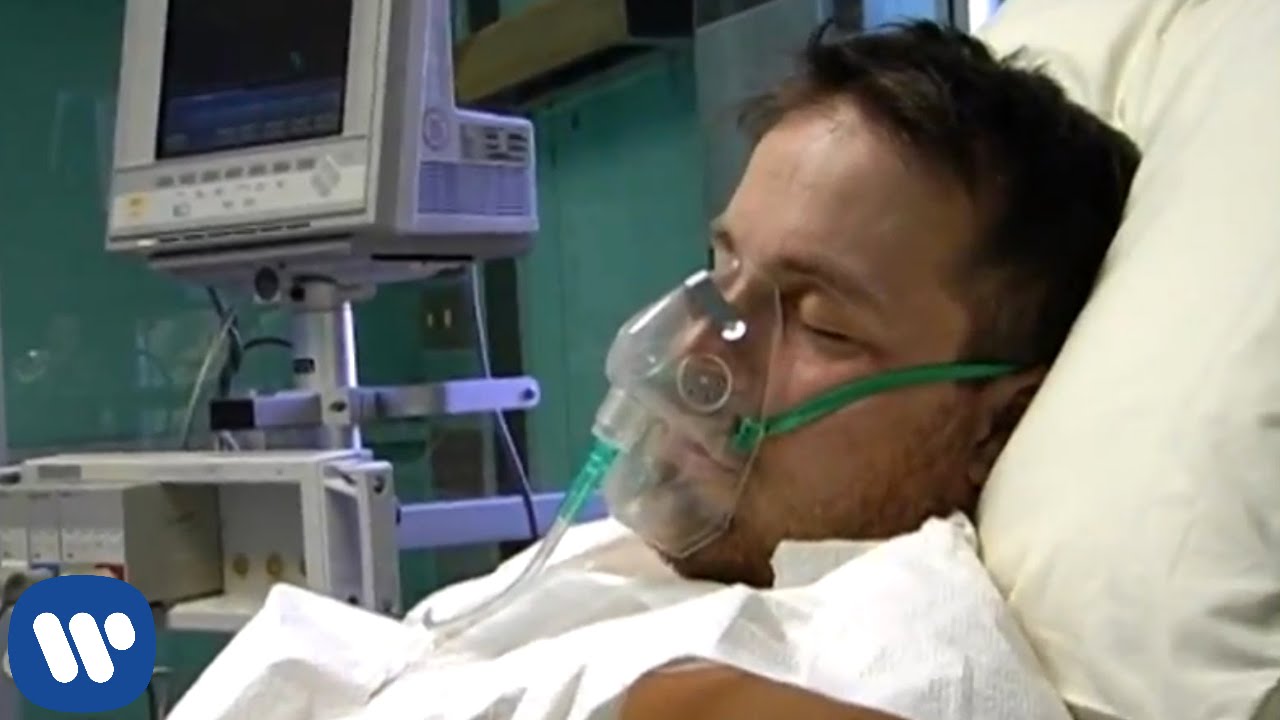Looking at your work there isn’t any one aesthetic or technique that is your signature tune – from your VFX-laden piece Walking With Elephants for Ten Walls to the almost all live action films such as Scream for Paolo Nutini. What is your process for deciding which direction you’re going to make a film?
For me it always starts with the music. I try my best to get my first inspiration from the track because every decision then has that DNA in it, that’s important. I think that’s what keeps my videos different.
When I’ve fallen in love with an idea and for whatever reason we haven’t been able to make it for a particular track and I’ve tried to recycle that idea, it’s never worked. A video always has to start from scratch and that keeps me attempting things, sometimes they fail, sometimes they don’t. But it’s evolving and it keeps it interesting, at least for me.
Did you already have the VFX idea which you used in Walking With Elephants or was it response to the lyrics and brief? Please tell us how the narrative came about, what inspired you, did the film turn out how you wanted it to, were there any major challenges in producing it and how did you resolve them?
No, I didn’t have the idea beforehand. Again it was the music, that trumpet rhythm, which first gave me an image of dolphins coming in and out of the water which then built into this Attenborough documentary of dolphins shot from high above, and then jetpacks… it just started to build itself and we ended up with the final video which has a feeling of human connection on a backdrop of a massive beautiful landscape.
Were there any challenges? Yes it’s hard generally doing music videos because you are dealing with budget and time constraints and if you’re lucky you may have the day before to rehearse or you might be able to work something out with the actors if it’s a narrative piece. It’s rare to get any opportunities to rehearse a stunt or something like that so you’re going into unfamiliar territory and that’s scary.
I think you have to take on a running gun mentality when you’re doing music videos, you just don’t have the time or finances to be as specific as you would like to be. But because of that looseness it can also create moments of magic that you hadn’t planned in a million years and there’s more room for diversion or a switch of the idea or story and they happen more for me in music videos than any other form like commercials.
Where does your understanding of VFX come from – do you ever edit yourself or do you collaborate with a regular team and crew?
I don’t have an understanding of effects. Visually I probably do. I know what looks good and what doesn’t and maybe that helps me give feedback to the operators who do know what they are doing.
I rarely edit myself but I collaborate with Max Windows who is also a really good friend of mine, we used to be runners together, we’ve probably collaborated now for about three years. I guess we push and pull with each other until the edit is right. If you don’t get on with your editor that could be one of the most awkward spaces ever, it’s like just you, the footage and this stranger, personally I never find it works. It needs to be a relaxing space.
In most of your films there’s a beauty you’ve captured – surreally so in Walking with Elephants and simply so in Halston NY fashion film. Is it instinctive for you to create this quality?
Thank you. Yes I guess it is instinctive. Beauty can come in different shapes, it can be surreal like you said, it can be simple, it can have beautiful raw moments like in Disclosure and I think that comes instinctively.
Halston is one of those films that stays with you … it’s now been several years since it was first released (and continuously replayed) and we’d love to know… how did you get that seamless tracking shot? Was it shot in a studio? What did you shoot it on, can you remember what speed and the techie details? If you shot it today what would be different?
It was shot in the backlot of Pinewood Studios which they built for the Bank Job with Jason Statham and basically we just gave it a fresh coat of paint, designed the space, relit it, and it was New York so quite cool.
It was three shots and we stitched them in post production together. We shot it on 35mm and I think it was 120 fps. And if I shot it today I think the essence would be the same and it would just be an upgrade – different choices in colour, prop decisions, a different camera for instance.
Help Me Lose My Mind for Disclosure captures the trippy weekend perfectly with its pace and lighting. Was this all pre-planned or did the narrative come together in the edit?
Help Me Lose My Mind was literally a portrait of English youth. I tried to shine a light on a time that I went through when I was 19 and other 19 year olds are going through now, those nights which all blend into one. I tried to give it that up and down journey that you experience on ecstasy and use the camera choreography to put the viewer in amongst it.
Some viewers are going to dive in while others are going to watch from the outside, a literal perspective, and in that case the music video could look as if it was glamourising drugs. Sometimes you can connect with both of those things and sometimes with just one, with Disclosure it was definitely a split one.
80 million hits for your Rudimental video Waiting All Night is quite an accolade. Your piece is more like a short film, classic visual story telling hitting the right emotional spots. Did you write the narrative? What was the process of shooting and making this? Any nightmare scenarios?
I wanted to tell a story about an amputee who overcomes his disability to get back onto a skateboard. Through researching and jumping online, digging in a little deeper, I came across Kurt who was a BMX rider with an interesting story to tell and started speaking with him and ended up shifting the story. He’d done some acting which really helped us.
We had six cameras and tried to shoot in three days the same amount of footage that you’d have on a documentary film and make the same decisions as they do. So we shot loads, obviously with a loose structure because we had have to hit those emotional cues, but that story could have been told and edited in six or seven different ways.
Are you self-taught or film schooled?
Self-taught.
You’ve shot some online films for the likes of Smirnoff and Fruit of the Loom. Would you like to evolve your commercial work and if so what genre of commercial would be most appropriate for you?
I’d like to just keep jumping between different types of content. I love doing music videos, I love doing digital film or a commercial and those are the sort of mediums I’ve had the opportunities to work in and if it gets wider – great – and if it doesn’t – great – as long as I keep moving forward in the mediums that I’m already in.
LINKS
Riff Raff

















